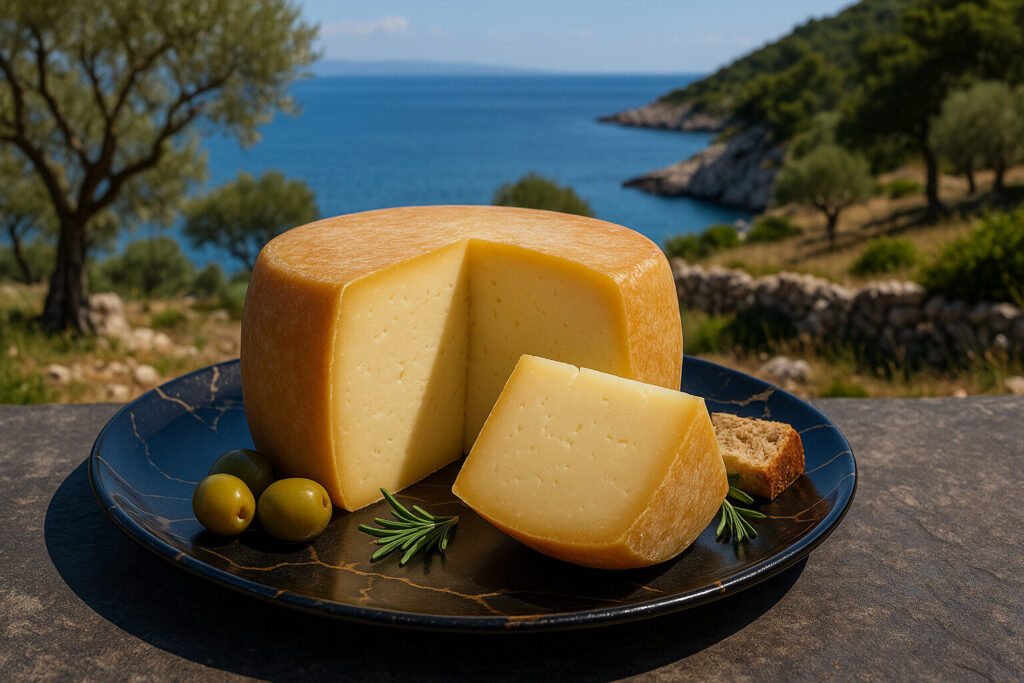Coastal Cheese
Definition and Scope
Coastal cheese refers to varieties produced in regions adjacent to sea coasts, where maritime climates influence their characteristics. These cheeses often develop unique rinds and flavors from exposure to salty sea air and coastal microorganisms. The category includes both soft-ripened and hard-aged styles from various global cheesemaking traditions.
Geographical indications frequently protect coastal cheeses, linking them to specific shorelines and traditional methods. Production typically occurs within 50 kilometers of coastlines where saline conditions prevail. This proximity to ocean environments distinguishes them from inland counterparts through distinctive maturation processes.
Production Methods
Coastal cheesemaking utilizes milk from animals grazing on seaside pastures containing halophytic plants. Salt absorption occurs through both intentional brining and environmental exposure during aging. Many producers age cheeses in coastal caves or cellars where humid, salty air permeates the rinds naturally.
Traditional techniques include turning cheeses on reed mats to ensure even exposure to marine breezes. Some varieties undergo washing with seawater or local alcoholic beverages during maturation. These methods encourage specific mold growth and bacterial development unique to coastal environments.
Sensory Profile
Coastal cheeses typically present pronounced umami and salty notes with underlying mineral qualities. Their textures range from crumbly and crystalline in aged versions to supple and creamy in younger varieties. Complex aroma profiles often include briny, seaweed-like, or iodine hints derived from their marine surroundings.
The rinds frequently exhibit gray, orange, or white molds that contribute earthy and fungal notes. Aging intensifies savory characteristics while maintaining balanced saltiness. These cheeses generally possess fuller body and longer finish compared to similar inland varieties.
Culinary Applications
Coastal cheeses pair exceptionally well with seafood dishes, crusty breads, and dry white wines. Their saline quality makes them ideal for grating over pasta, risottos, and vegetable preparations. Many chefs use them as finishing elements where their umami richness enhances other ingredients.
These cheeses complement fruits like apples and pears while balancing sweeter elements. Their robust flavors stand up to strong accompaniments such as olives, capers, and anchovies. Cooking applications include melting into sauces or incorporating into stuffed meat and fish preparations.
Regional Examples
English Coastal Cheddar from Somerset matures in caves near the Bristol Channel, developing complex crystalline textures. French Tomme de Savoie and Italian Pecorino Romano represent classic coastal varieties from their respective shorelines. These cheeses demonstrate how terroir influences flavor development through maritime aging conditions.
Spanish Mahón from Menorca island features distinctive square shape and tangy salinity from Mediterranean breezes. Greek Graviera from Crete incorporates herbs from coastal grazing lands into its nutty profile. These examples showcase the diversity within coastal cheese classification across European traditions.

